Best in Textiles
: our Textile design are Nigeria, african textiles that are also a means for us to acquire insight into the social, religious, political and economic complexities of many Yoruba, Nigeria communities whose sophisticated cultures we may otherwise remain ignorant about. Our textiles have had and still have an exceptional significance as a means of communication, information and mutual association within particular yoruba communities.
. There is spiritual and historical significance in not only the choice of colours, dyes and type of threads used, but also in the decorative element, the symbols used and the figural compositions which are directly related to historical proverbs and events. Our Textile design represent a form of story telling often taking the place of the written word and convey messages of importance for an individual, family, or larger social unit.



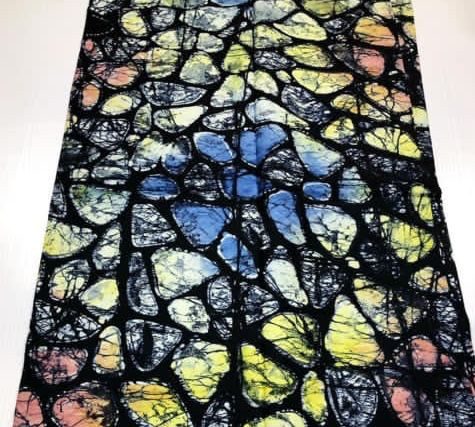




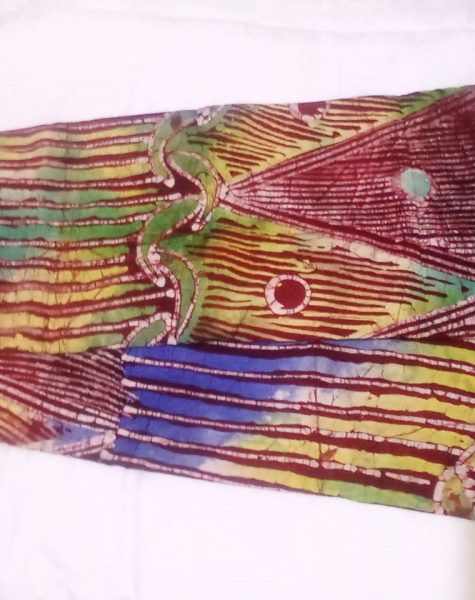



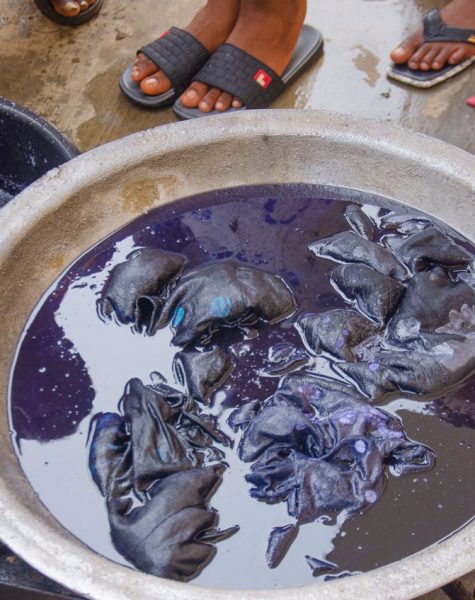




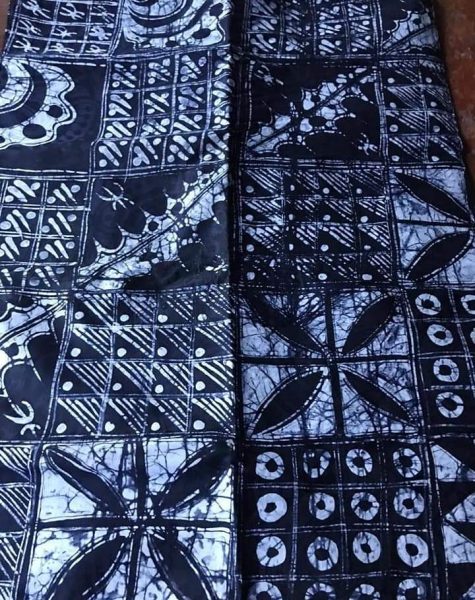

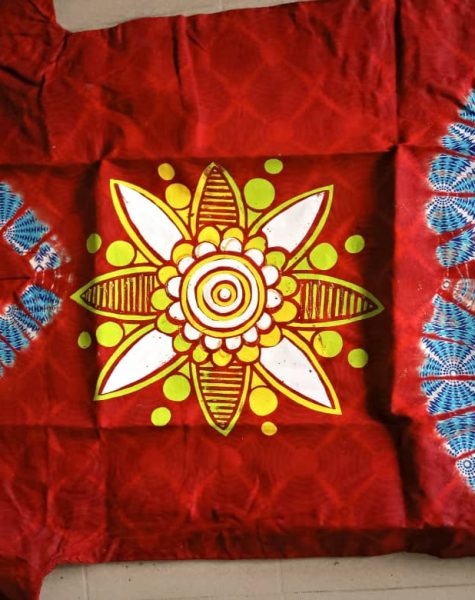




Printed textile designs are produced by the application of various printing processes to fabric or cloth and other media, Printed textile design, woven textile design, and mixed media textile design are the three major disciplines of textile design, each of which uses distinct ways to create a surface embellished fabric for a variety of uses and markets, namely: resist printing, relief printing, rotogravure, screen printing, transfer printing, and digital printing. These processes utilize various inks and dyes to imprint aesthetic, often repeating patterns, motifs, and styles onto the fabric or cloth. Printed textile designers are predominantly and inextricably involved with home interior design (designing patterns for carpets, wallpapers, or even ceramics), the fashion and clothing industries, and the paper industry (designing stationary or gift wrap)
Woven textile design originates from the practice of weaving which produces fabric by interlacing a vertical yarn (warp) and a horizontal yarn (weft), most often at right angles. Woven textile designs are created by various types of looms and are now predominantly produced using a mechanized or computerized jacquard loom
Designs within the context of weaving are created using various types of yarns, utilizing variance in texture, size, and color to construct a stylized patterned or monochromatic fabric. There are a large range of yarn types available to the designer, including but not limited to: cotton, twill, linen, and synthetic fibers. In order to produce the woven fabric, the designer first delineates and visualizes the sequence of threading which is traditionally drawn out on graph paper known as a point paper.
Mixed media textiles designs are produced utilizing embroidery or other various fabric manipulation processes such as pleating, appliqué, quilting, and laser cutting.
Embroidery is traditionally performed by hand, applying myriad stitches of thread to construct designs and patterns on the textile surface. Similar to printed textile design, embroidery affords the designer a vast amount of artistic and aesthetic control. Typical stitches include but are not limited to the cross stitch, the chain stitch, and couching. Although industrial and mechanized embroidery has become the standard, hand stitching still remains a fixture for fine arts textiles
Àdìre, Tie and Dye, and batiks
Àdìre is a word from the South western Yoruba tribe of Nigeria meaning that something, usually a piece of cloth, has been "tied and dyed."
To make adire, a piece of cloth goes through resist-dyeing, a process where the material is expertly dipped in dye such that some parts of the fabric do not absorb the dye and beautiful patterns emerge as a result. Although there are differing opinions on the origin of adire in South Western Nigeria.
This trend stemmed from the people's belief that tie and dye was a family heritage. As such, you could only take part if you were a part of the families recognized as legitimate adire makers.
The types of adire are named after their varying production methods. There's Àdìre Eleko where the designer applies a paste created from cassava on the cloth before dyeing. The paste acts as the dye-resisting agent that allows the creation of beautiful patterns.
Àdìre Oniko , on the other hand, is made by tying the fabric into knots with palm fronds to prevent some areas from absorbing the dye.
Dyeing the cloth involves submerging it in dye for varying durations depending on the desired design and then sun drying the fabric. The cloth is usually pulled out between immersions to get the best results.
The local dye is made from Lonchocarpus Cyanescens, locally called "Elu-Aja" (Elu leaf). It's a plant that mostly grows in North-West and North-Central Nigeria. The leaf is cut, pounded, rolled into balls and dried for easy transportation.
The indigo dye is then extracted from the Elu leaf by processing it with local chemicals and allowing the mixture to ferment for up to three weeks or six months, depending on the maker's preference.
With time, European dyes of varying colours became available and tie and dye makers could make multi-coloured designs.
Modern tie and dye techniques have also emerged over the years. Some use machine stitching to decorate the cloth and stenciling which was once used in applying the dye-resisting paste has now been replaced by a block printing technique in some areas.
Àdìre production has seeped into modern Nigerian fashion as fashion designers use the uniquely patterned designs to create stunning apparels. What began as a family tradition has now become a widespread trade and an emblem of Nigerian culture.
Contact
- Plot 115, Oshodi Art Gallery, Opposite Nasfat Akasolori, Ikorodu Laos
-
08054847010
07037519933 - in**@**************ry.com






